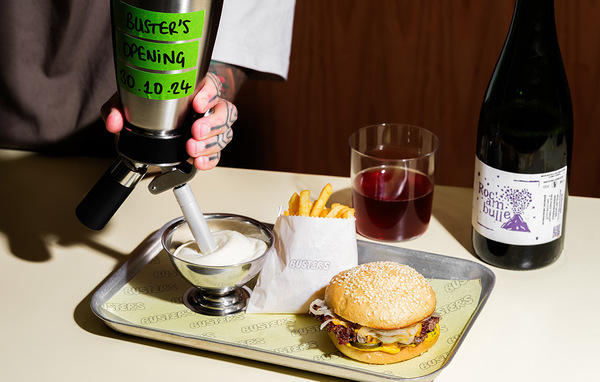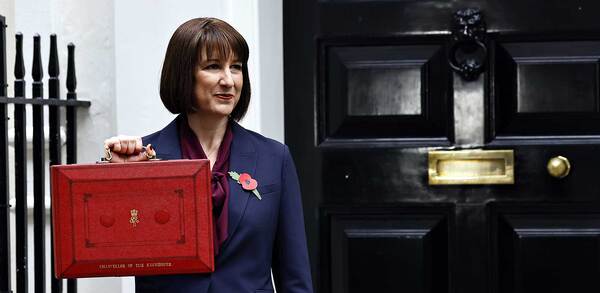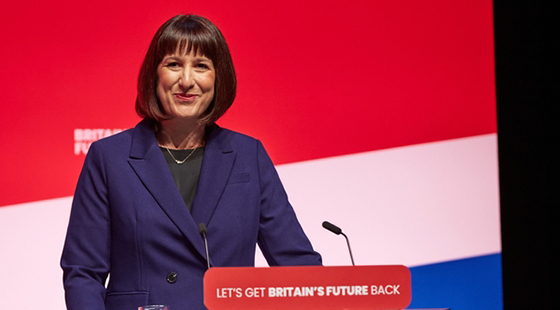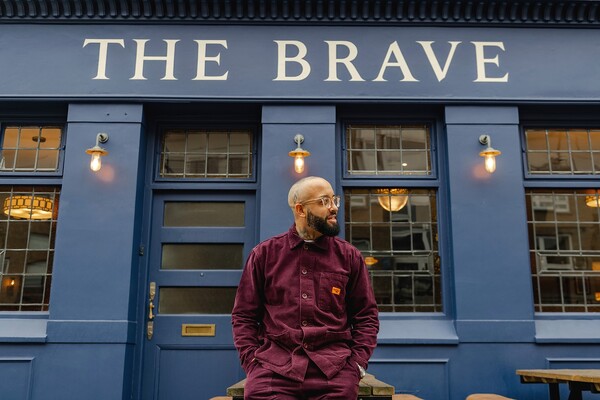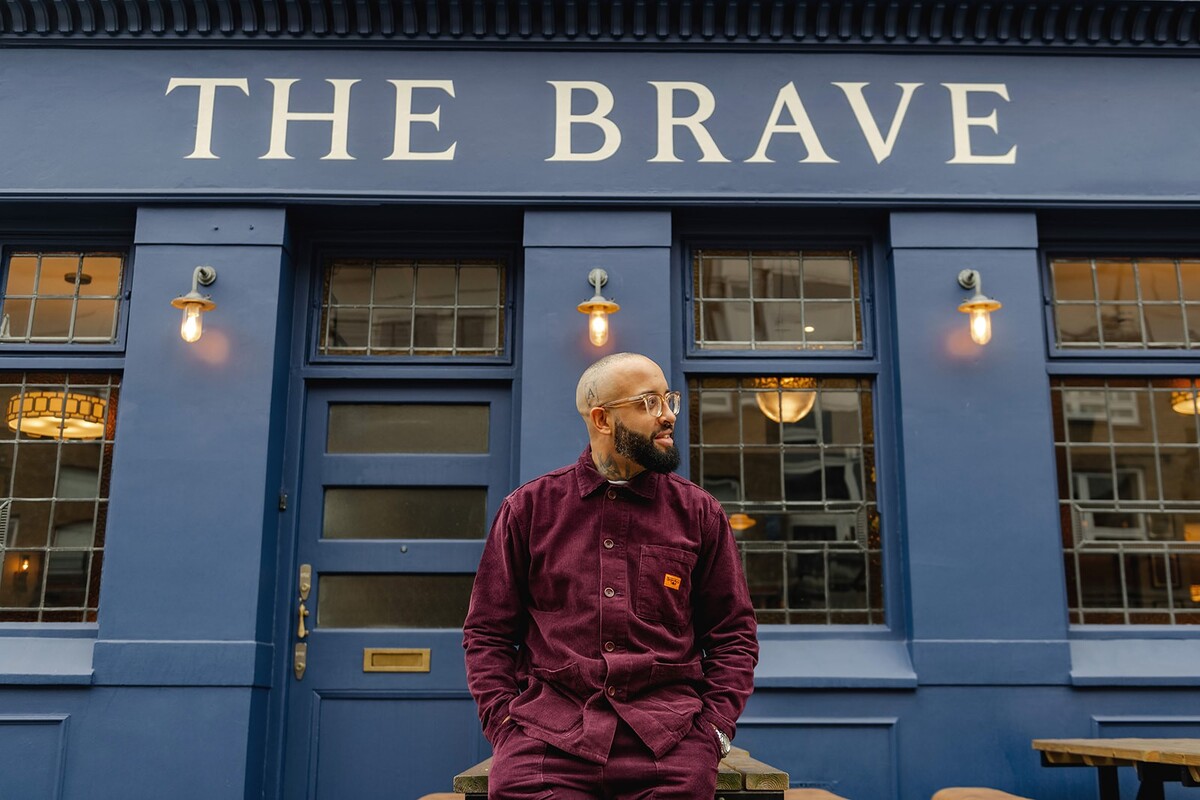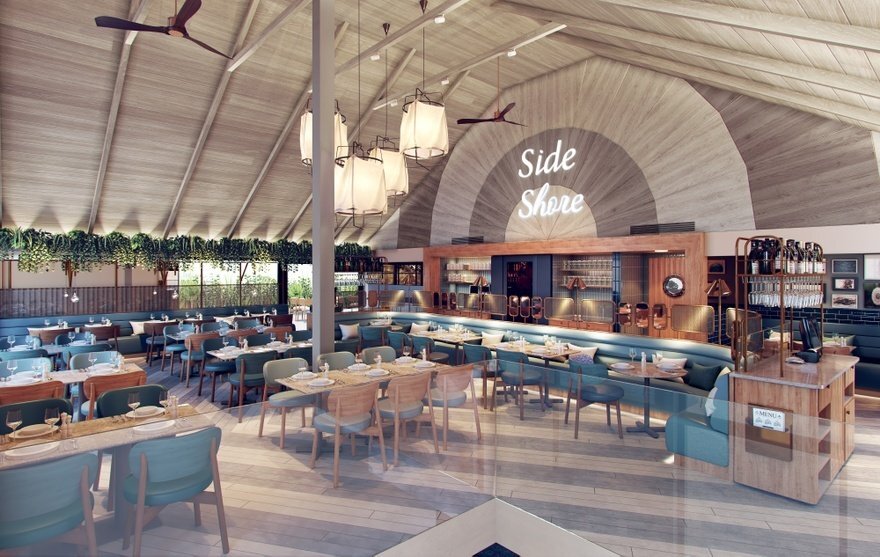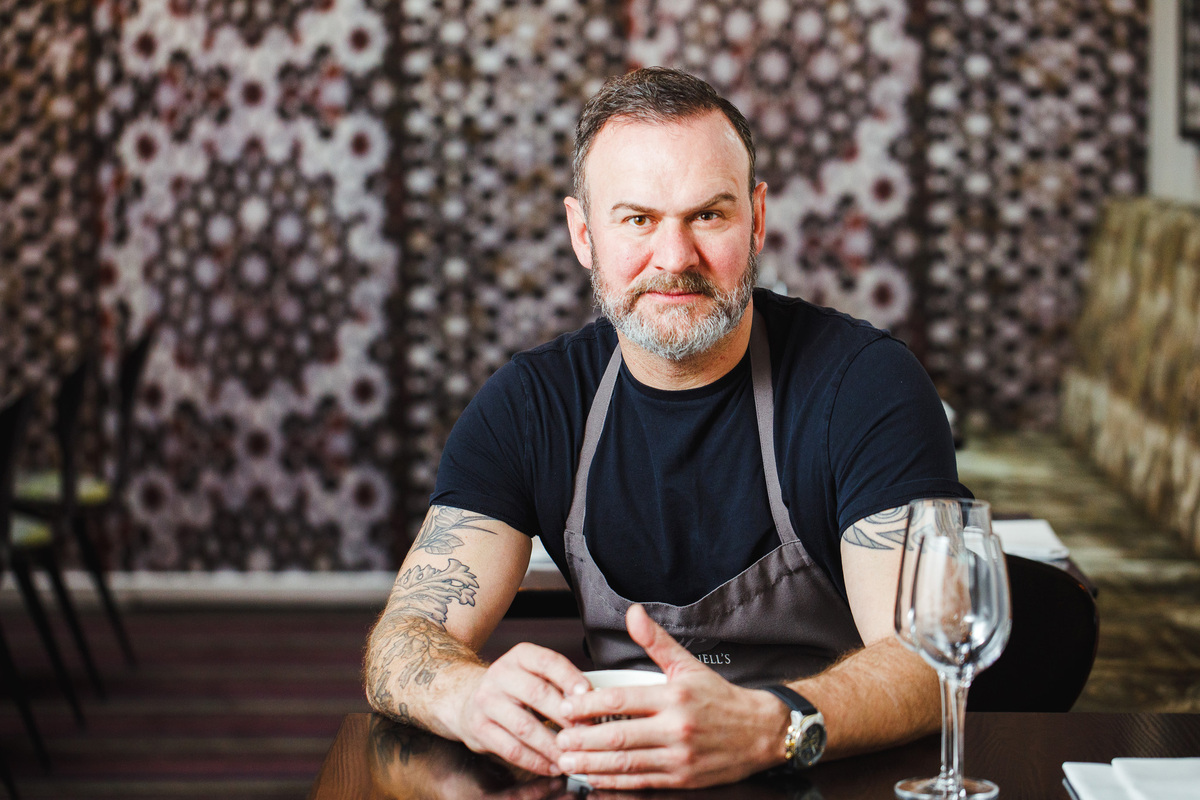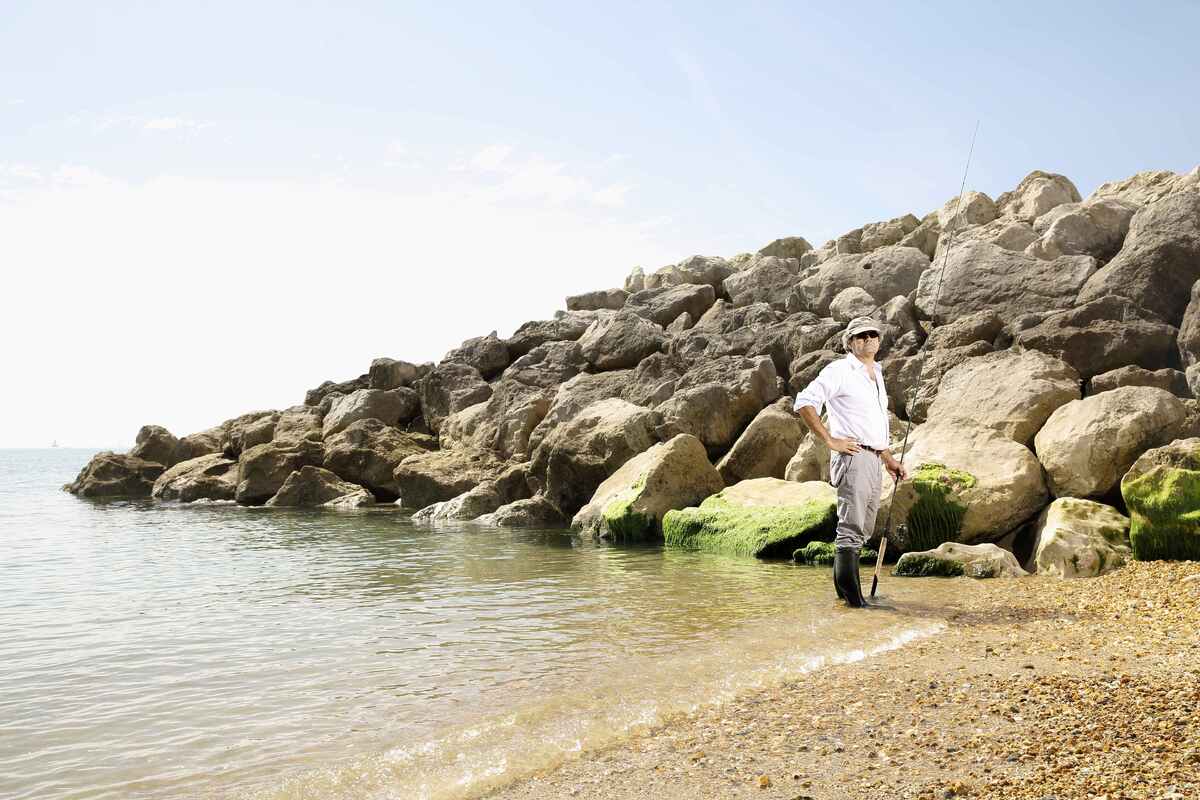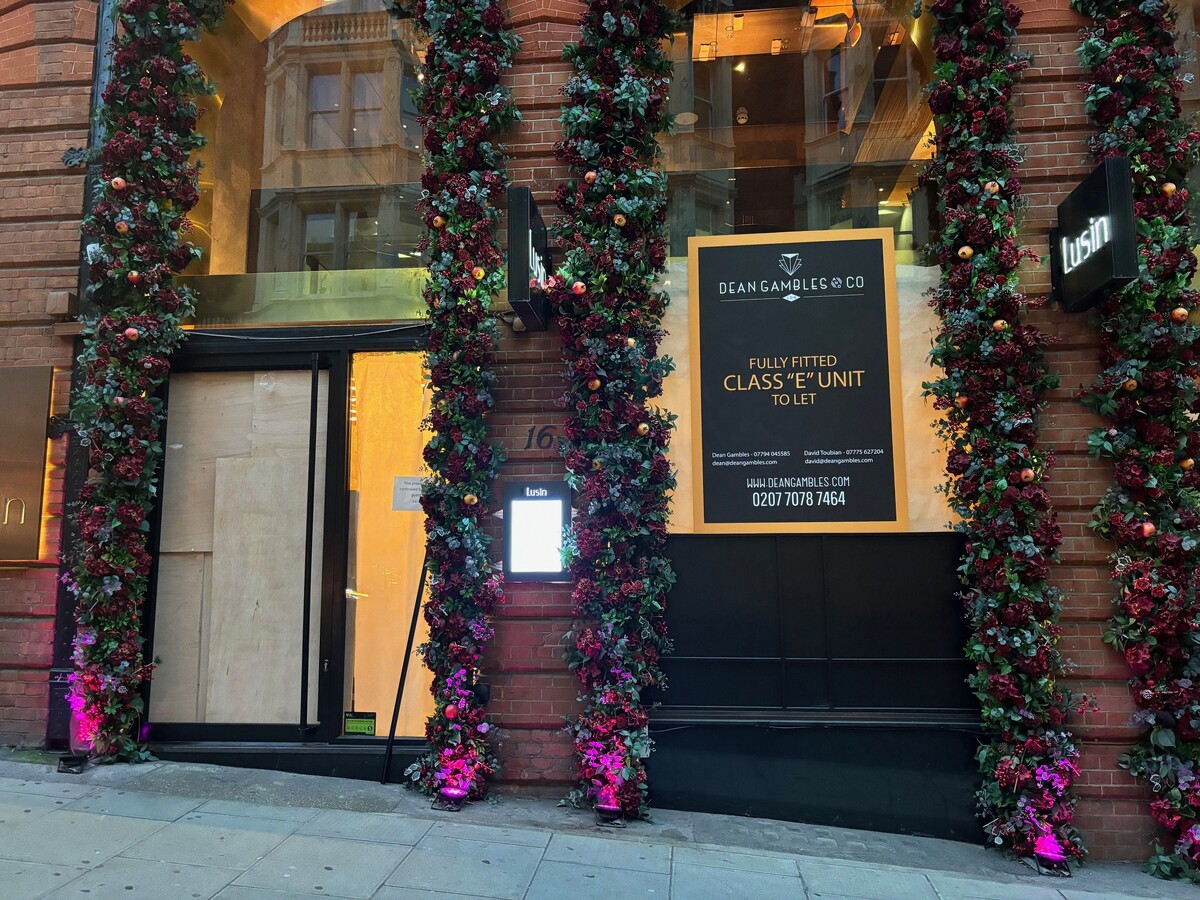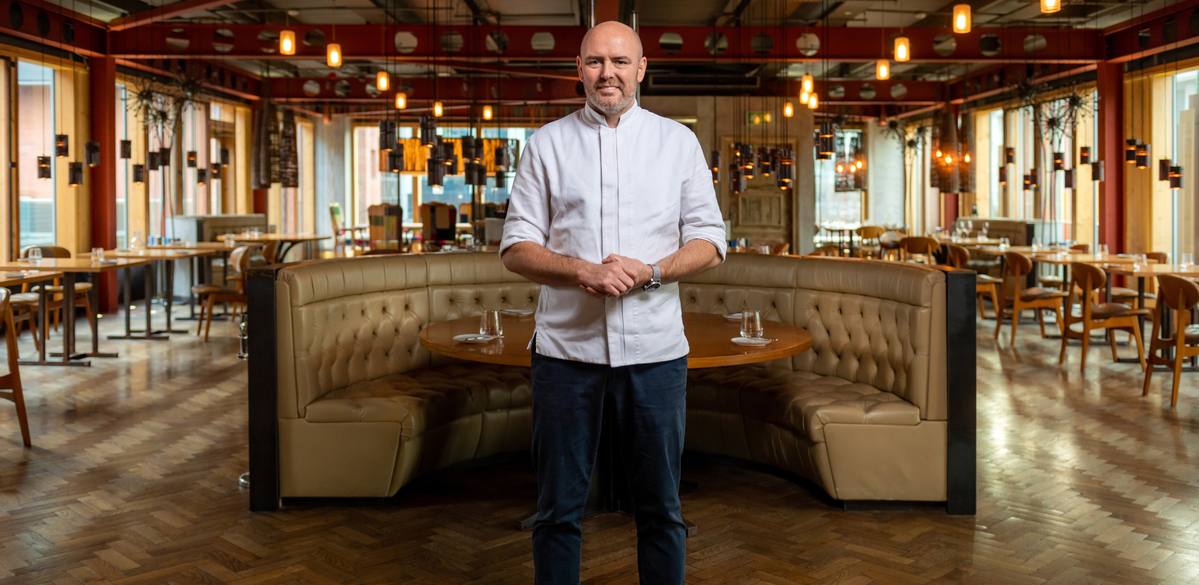Basic blini recipe – by Martin Blunos
Blini is actually the plural form of the Russian blin: a pancake, but in restaurant-speak most people would use "one blini", "two blinis".
Cost: about £3
Equipment: a mixing bowl that can take at least twice the volume of ingredients; heavy-duty cast-iron pans or griddle; at least three 70mm cutters
Ingredients (makes about 90)
Dry ingredients 450g strong white flour
14g self-activating dried yeast
10g sugar
10g salt
Optional ingredients 1tsp caraway seeds
2 strips lemon zest, finely diced
Moist ingredients 6 standard eggs, separated
300ml sour cream
550ml milk
For cooking About 250g melted clarified butter
Method
Sift the flour. Combine with the other dry ingredients. Add the egg yolks, sour cream and milk. Beat the mixture until smooth - exactly as if it were a pancake batter. There is no advantage in overbeating or whisking it. Wipe or scrape any batter from the sides of the bowl, as it would dry out during the proving process. Cover batter with a sheet of film and leave to prove.
Proving
This is one of the critical steps. The mixture isn't like bread dough - it won't double in volume - but it has to froth. Depending on the kitchen/pastry temperature (as well as the temperature of ingredients) it will take upwards of two hours. The batter is ready when the surface is covered with small bubbles 1-2mm in diameter.
Adding the egg whites Whisk the egg whites until they foam, whiten and increase in volume. They mustn't be firm enough to hold their shape on the whisk. They should have a dropping consistency similar to the batter so that they can be incorporated without breaking it up. Fold whites into the mixture. The surface will be blistered with bubbles that are twice the size of those that covered it before adding whites.
Frying the blinis A solid-top is an ideal heat source for frying blinis. The pan should be hot enough to set the batter on contact, but not so hot that the base burns before the middle has cooked through. Always work with clarified butter rather than oil; partly it's traditional, partly it gives a better taste, partly it's easier to work with - whereas oil can, almost imperceptibly, become too hot.
Russians have a proverb: "The first blini is a lump." It's equivalent to our "Practice makes perfect". When you start to fry a batch of blinis, don't worry if the first one or two don't turn out perfectly. Once you get the right temperature in the pan, as with most batter products, the result is consistent.
To make each one Preheat the pan. Stand the 70mm metal hoop or cutter on it. Brush the pan and inside of the hoop with clarified butter. When the butter starts sizzling (almost at once) ladle 40ml of batter into the cutter.
You can tell that the blini is ready to turn over by three separate pointers: the bubbles on top have burst (they're smaller than on a crumpet); the batter in the centre is almost dry; the top edge has cooked. Don't expect the blini to puff up. It will be about 1cm thick.
Remove the hoop. Turn over the blini to finish cooking. If you have the pan at the right temperature, each one takes 3-4 minutes to fry. It should be golden brown on both sides, but one will have the popped bubbles and the other will be flat.
Blinis should always be presented to the customer warm. Blunos uses a silver chafing dish. You can prepare the blinis in advance of service and reheat them, but they should be eaten the same day. They also freeze well. Blunos keeps a back-up batch in the freezer, wrapped in pairs.


